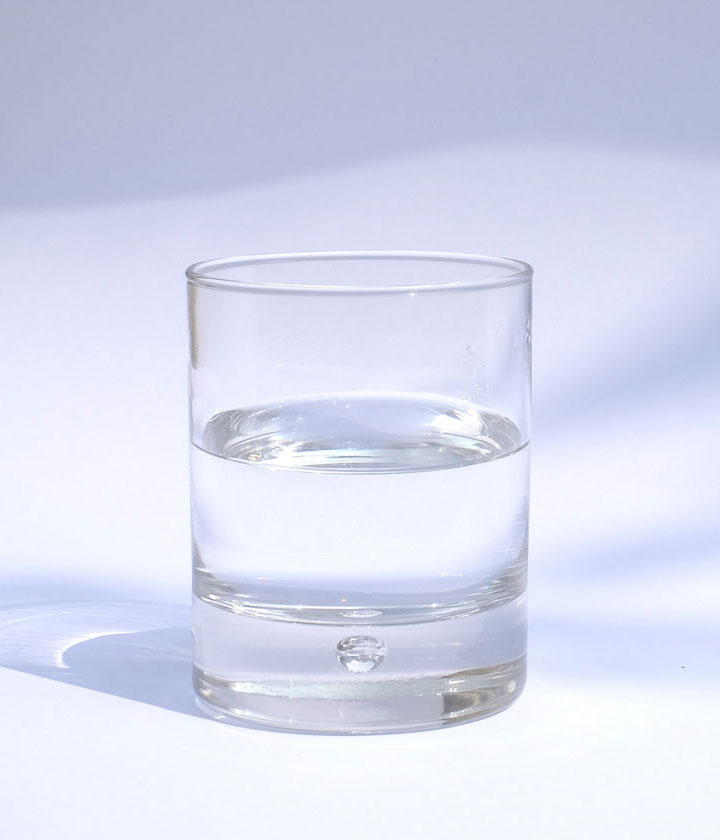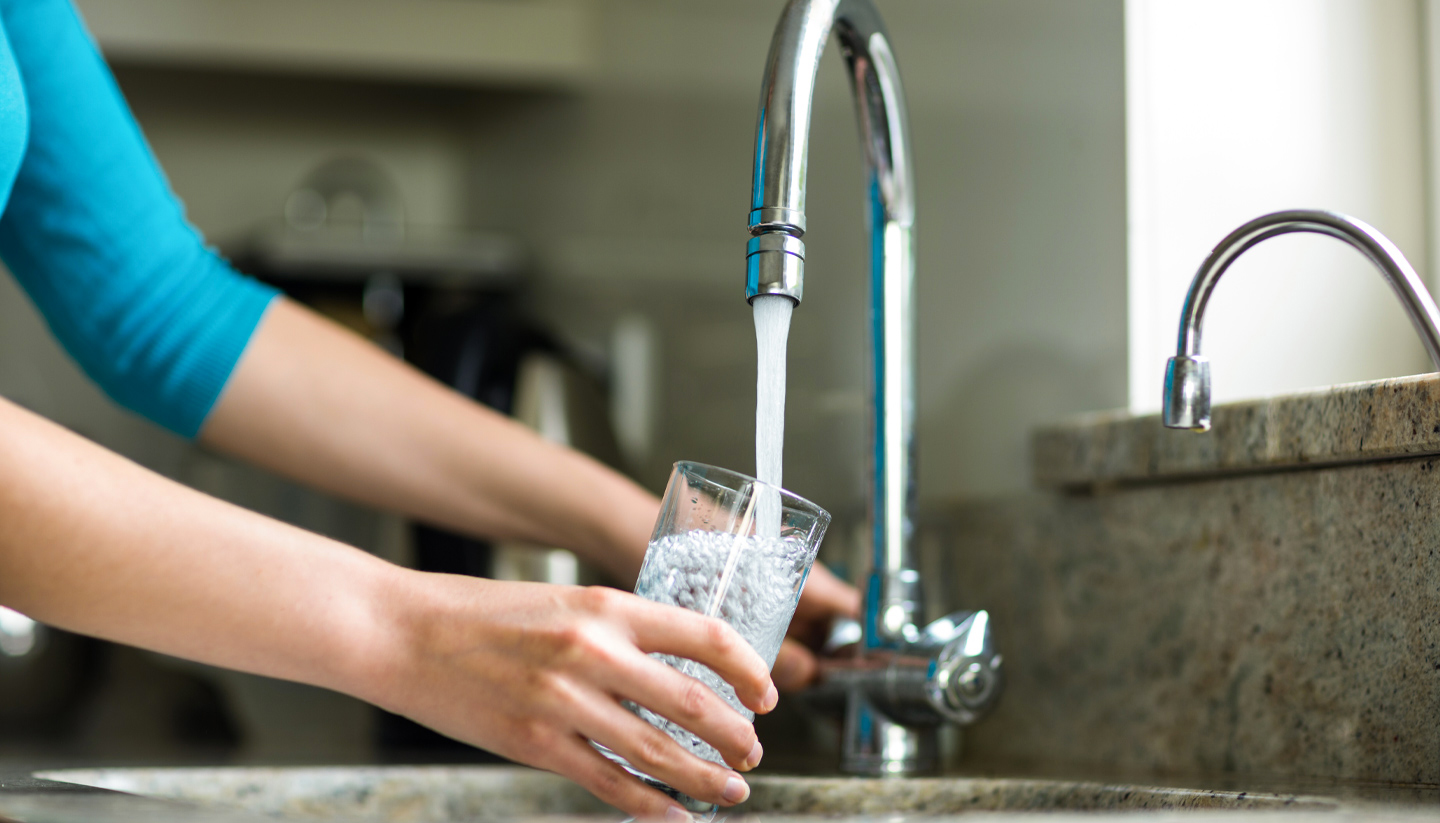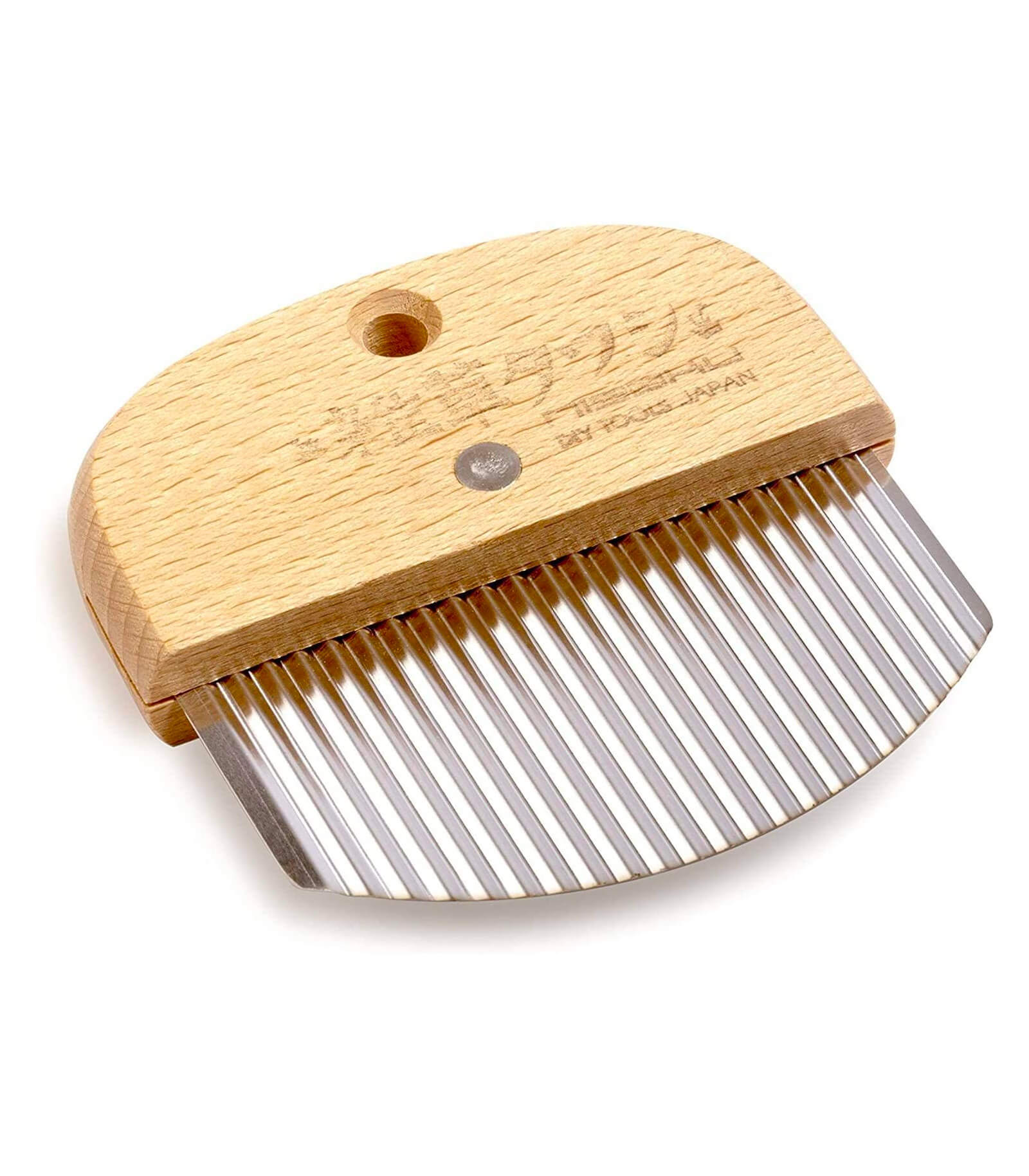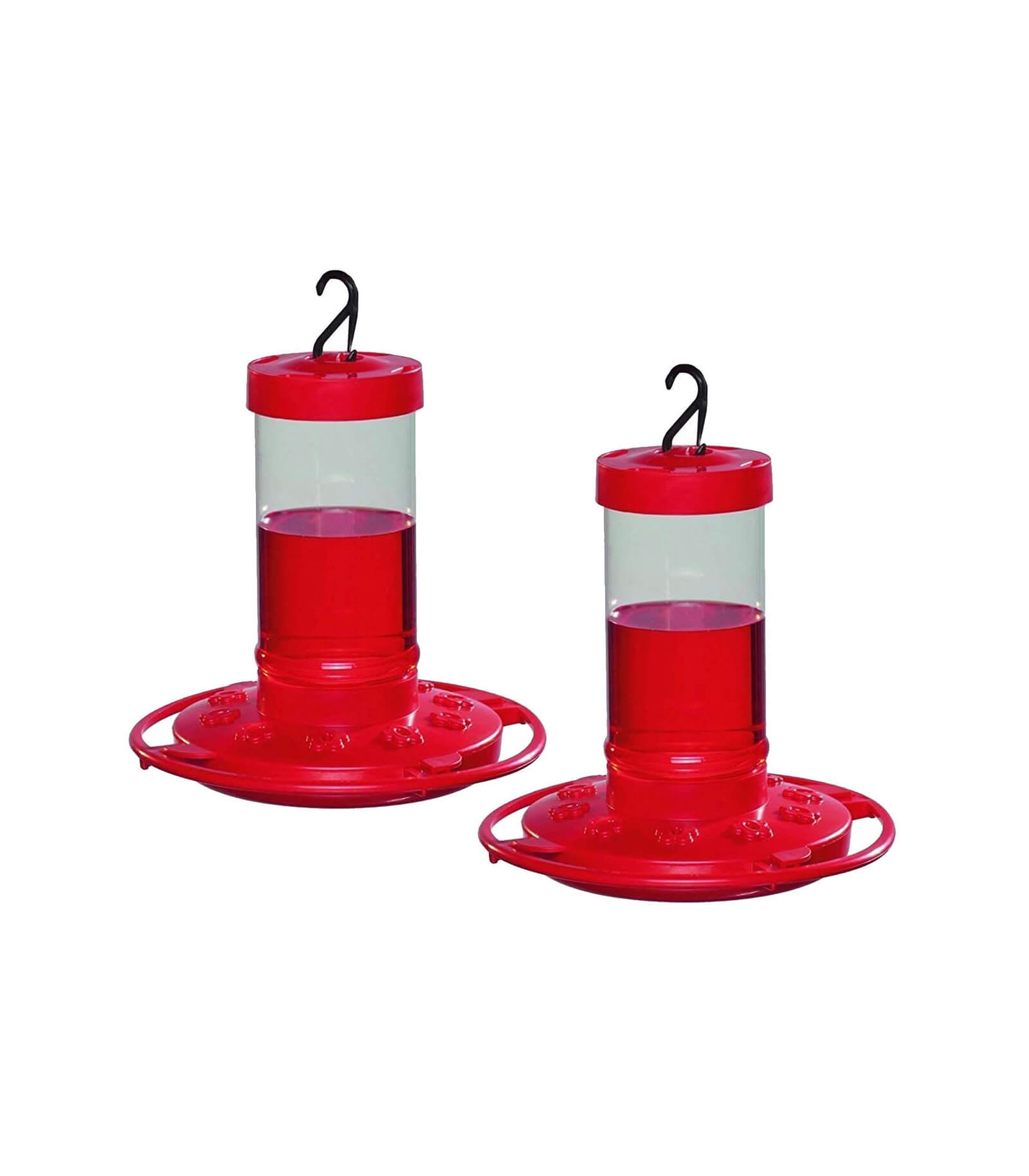Effects of Water Quality on Family Health

What is Water Quality?
Broadly speaking, the term water quality describes a wide spectrum of factors related to “the chemical, physical and biological characteristics of water” with respect to its suitability for a variety of uses (1). These include recreation, drinking, fisheries, agriculture and industry. The standards for water quality vary. The highest standards are set for the water we drink and use on a daily basis.
Setting the Standards for Water Quality
The United States has one of the safest water supplies in the world. If you are among the 286 million Americans that get their water from a community water system (2), your tap water is regulated by the United States Environmental Protection Agency (EPA).

The U.S. EPA National Primary Drinking Water Regulations has set standards for 90 contaminants that may occur in drinking water and pose a threat to human health. Below is a link to a printable table of EPA’s National Primary Drinking Water Regulations.
While drinking water varies based on the source and conditions from which it is drawn – as well as the treatment it receives, all water in the U.S. is required to meet EPA regulations for quality.
In addition to these regulated elements, there can be other factors affecting the water coming into your home, including:
- Sewage releases
- Naturally occurring chemicals and minerals (for example, arsenic, radon, uranium)
- Local land use practices (for example, fertilizers, pesticides, livestock, concentrated feeding operations)
- Manufacturing processes (for example, heavy metals, cyanide)
- Malfunctioning on-site wastewater treatment systems (for example, septic systems)
In addition, drinking water that is not properly treated or which travels through an improperly maintained distribution system (for example, the piping system) may also create situations for contamination.
- Municipal pipe corrosion
- Homes built before 1986 with aging pipes
Top Contaminants Found in Tap Water
The top ten contaminants that find their way into tap water are lead, chlorine, chloramines, Mercury, volatile organic compounds (known as VOCs), pharmaceuticals, herbicides, pesticides, cysts, and methyl tertiary butyl ether (MTBE). Each of these contaminants can be identified by a quality water test if they are present in your tap water – even at very low levels.
PFAS(3) – Another Item for the List
Per- and polyfluoroalkyl substances (PFAS) are a group of man-made chemicals that includes PFOA, PFOS, GenX, and many other chemicals. PFAS have been manufactured and used in a variety of industries in the United States since the 1940s. PFOA and PFOS have been the most extensively produced and studied of these chemicals.
Both chemicals are very persistent in the environment and in the human body – meaning they don’t break down and they can accumulate over time. There is evidence that exposure to PFAS can lead to adverse human health effects.
PFAS can occur in public water systems and drinking water wells, soil, and outdoor air near industrial areas with frequent PFAS manufacture, disposal, or use.
If you live near an industrial area and believe PFAS may be in your tap water, SimpleWater’s Tap Score has a specialized add-on test specifically for PFA/PFOS/PFOA. See below for the link to learn more.
So, what are the Health Risks?
The presence of certain contaminants in our water can lead to health issues, including gastrointestinal illness, reproductive problems, and neurological disorders. Infants, young children, pregnant women, the elderly, and immunocompromised persons may be especially susceptible to illness.
Acute effects occur within hours or days of consuming a contaminant. People can suffer acute health effects from almost any contaminant if they are exposed to high levels. In drinking water, microbes, such as bacteria and viruses, are the contaminants most likely to reach a level high enough to cause acute health effects.
Most of us can fight off microbial contaminants the same way our bodies fight off germs, so these acute contaminants generally do not have permanent effects. When high enough levels occur, though, they can make people ill, and can be dangerous or deadly for a person whose immune system is already compromised.
Chronic effects occur after people consume a contaminant at levels over the EPA’s safety standards for many years. The contaminants in drinking water that can have chronic effects include chemicals such as solvents and pesticides, radium, and minerals such as arsenic. Chronic effects include cancer, liver or kidney problems, or reproductive difficulties.
Benefits of Water Testing
Protecting yourself and your family from unsafe water is easier than you might think. It is a straightforward 3-stage process that begins with acquiring and learning to read the annual water reports published by your local municipality, followed by testing the water that flows through the pipes of your home and adding the appropriate filtration system(s) to remove any harmful particulates.
Municipal Testing
The San Francisco Public Utilities Commission provides an exemplary example of the commitment made by municipal agencies when it comes to delivering quality water to area residents. Their website details the step-by-step process the agency takes – from the watersheds in Yosemite National Park, Alameda and San Mateo counties, as well as aquifers in San Francisco and northern San Mateo County – to testing and delivery to individual properties. The agency conducts over 100,000 tests each year and offers numerous resources to assist residents in understanding how water quality is maintained and how individuals can be a part of maintaining water quality. Their website includes a very informative page, “Your Water Quality” with links to all sorts of helpful resources.
To learn how your local community manages its water delivery system, contact your municipality to request a copy of the current annual water report, and ask if there are web resources you can access.
Next Steps
State and county agencies, as well as your local municipality, work hard to comply with EPA standards and bring safe and healthy water to communities. The reason for additional testing is to account for corrosion happening in older municipal pipe systems, as well as the pipes of your home and property. Additional tests discover what happens to municipal water once it enters your property and home. Factors such as when your home was built and the type of infrastructure (pipes) that deliver tap water both influence what’s in your water.
This means next steps are to analyze and treat tap water for these additional factors.

Manage the Water Coming into Your Home
Once you have requested a copy of the Annual Water Report – often called a Consumer Confidence Report (“CCR”) – from your municipality, managing the water that comes into your home is a two-step process. The first step is to test the water to find out what contaminants might be present. Once you know, the next step is to add appropriate filters.
Based on our experience, these two companies offer top quality products and services. Aquasana is one of the few companies offering a filtration system that removes chloramines, while Tapscore’s award-winning test is both accurate and easy to use.
STEP ONE: Water Testing
SimpleWater is an award-winning science and health services company founded at the University of California in Berkeley with the mission of improving your drinking water and long term health. Their water testing and reports analyze how the municipal water available in your community is affected by your home’s construction and age.
Tap Score is a service for easy home water testing and reporting, created by SimpleWater. It is the only home water testing service with unbiased treatment matching and health risk analysis – so you don’t waste money on treatment that doesn’t do what you need.
- Water Report Card
- Understand Health Risks
- Match Treatment to Contaminants
- Monitor Local Water Quality
STEP TWO: Water Filtration Systems
Whether you use city or well water, Aquasana’s whole house filtration system provides clean, healthy water throughout your home. From washing vegetables to enjoying a post-workout shower, Aquasana’s filter systems are designed to reduce harmful contaminants from your family’s tap water.
After researching available manufacturer’s filtration systems, we found Aquasana to offer the most comprehensive and economical product solutions. An important feature of their filtration systems is that they have a filter to remove Chloramines (often replacing traditional Chlorine) – most other companies in the marketplace do not.












